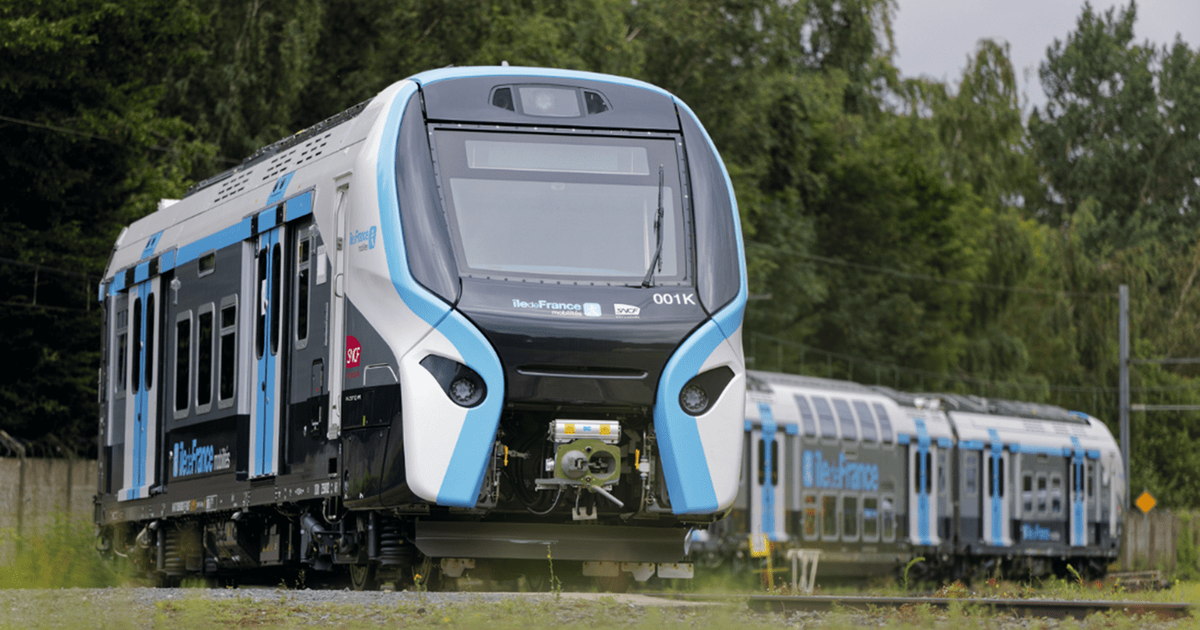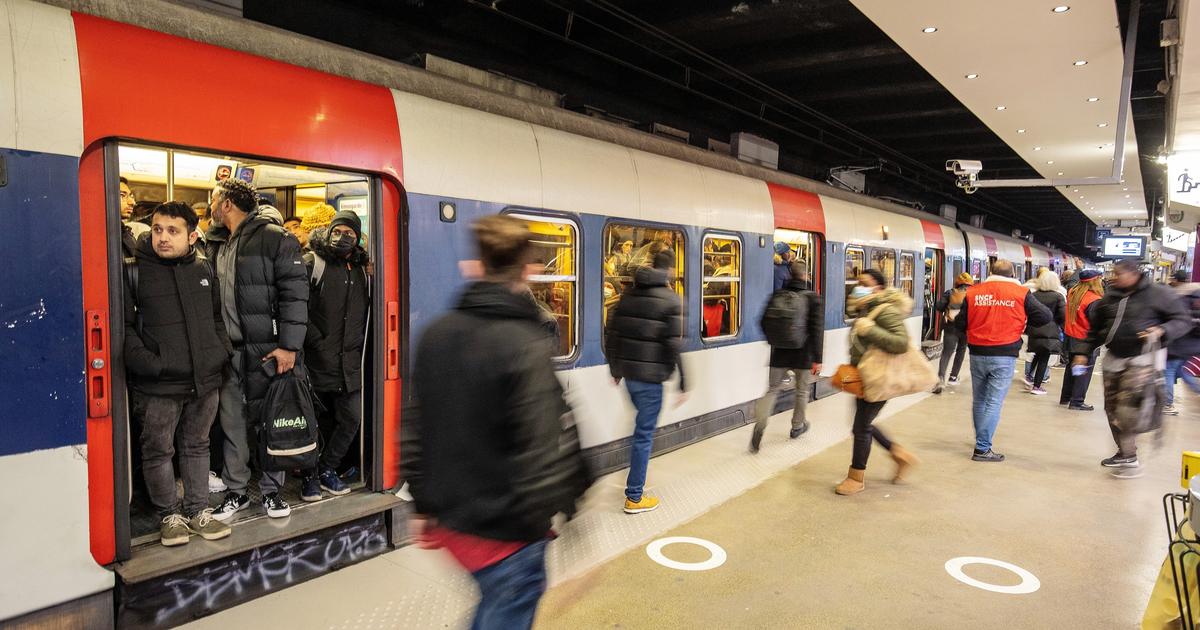The continuing pandemic is forcing public transport in the Ile-de-France region to adapt.
According to figures from Ile-de-France Mobilités (IDFM), ridership in buses, metros, RERs and suburban trains remains "stable since December 2020, at 50% on average", compared to normal crowds pre-Covid of 2019.
Half the number of people in transport, therefore, but still as many subways and trains in circulation.
The offer was indeed until then almost normal, in order to avoid crowded trainsets at rush hour.
Even though, since the curfew was put in place, the number of trains and subways has been reduced after 7:30 p.m.
READ ALSO>
Treasure hunter, Jean-François brings the 1940s metro back to life
From now on, the offer during the day (outside peak hours) will also be reduced.
"In view of the reality of the traffic, the offer during the day is gradually adjusted for the least frequented lines (nearly 90% of the usual offer)," says one at Ile-de-France Mobilités.
These reductions, most of which will be effective from Monday, March 1, concern all RATP metro lines and SNCF's RER and Transilien lines.
With three notable exceptions: "Nothing has changed on the busiest lines such as metro lines 7 and 13 or the RER B," says IDFM.
"Almost painless for metro travelers"
How was the choice made to reduce the number of subways and trains in circulation?
“The offer has been gradually adjusted by adapting to the different modalities of the curfew since the start of the year.
These adjustments were made very gradually to stick to the reality of traffic, in permanent consultation with user associations, ”says IDFM.
This is confirmed by Arnaud Bertrand, president of the Plus de Trains users association, which participated in several meetings.
“We were in favor of a slight reduction in supply.
We are aware that some savings must be made to preserve future investments.
And in the metro, the reduction in supply will be almost painless for travelers, ”he believes.
It is difficult to give precisely the decrease because the frequency of passage of the subways varies according to the lines.
Basically, fewer subways in off-peak hours so waiting times extended by one minute at most.
“Sometimes it will be a metro every 4 minutes instead of 3 minutes, or every 2 minutes 20 instead of 2 minutes.
People will not waste time, ”summarizes Arnaud Bertrand.
A greater health risk for employees?
This does not prevent the Unsa Traction RATP union and the SOS Users association from worrying in spite of everything.
They do not share the same opinion and let Valérie Pécresse, president of the region and IDFM, know this in a joint letter this Friday, co-signed by the secretary general of the RER metro of Unsa RATP, Laurent Djebali, and the president from SOS Users, Jean-Claude Delarue.
Both express their "concerns and serious questions" following this "decision from March 1, 2021 to reduce the supply of transport on a very large majority of metro lines, buses and trams".
Morning essentials newsletter
A tour of the news to start the day
Subscribe to the newsletterAll newsletters
For the union and the association, network traffic, if it has decreased, “remains very important at certain times of the day”.
They fear under these conditions "a very clear deterioration in the quality of transport service which may lead to a high concentration of travelers and a problem of distance", as well as a "greater health risk for RATP employees" .
Vigilant user associations
On the SNCF Transilien side, some changes are also planned.
For example, there will be a little fewer trains during the day on the Eaubonne (95) branch of line J from this Monday.
But overall the changes are more gradual at the SNCF because the changes in train schedules more complicated to implement, it seems.
“We have asked that there be no more than half an hour of waiting, but it seems that this is not guaranteed everywhere, especially in the outer suburbs.
We are not against certain train cuts, but we must at all costs avoid excessively long service holes and we need good passenger information.
We will be vigilant, ”warns Arnaud Bertrand.









